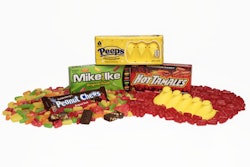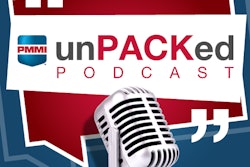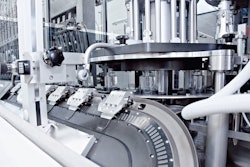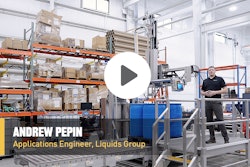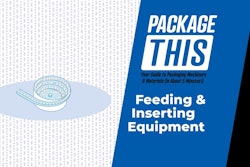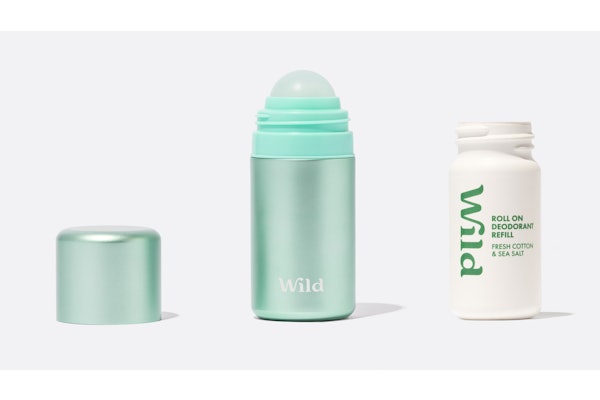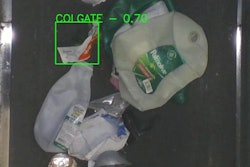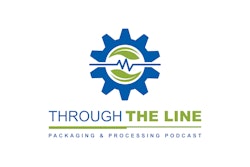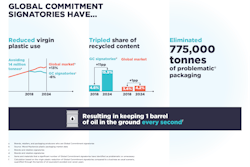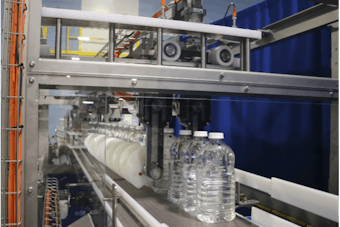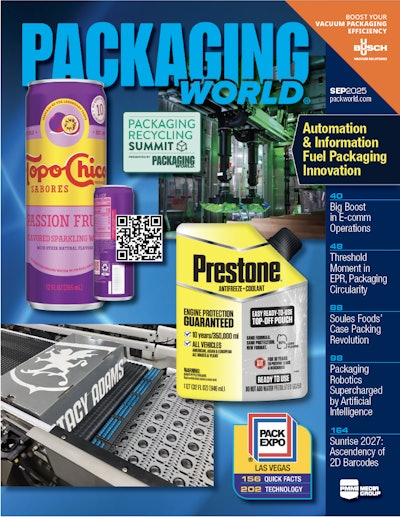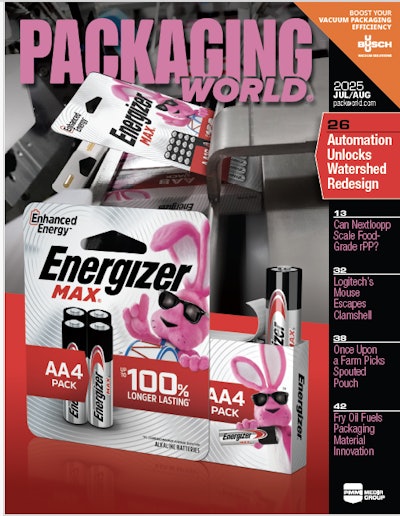
The Flexible Packaging Association’s 2019 State of the Flexible Packaging Industry Report provides industry converters, suppliers, investors, and analysts with insight into the performance (i.e. growth, revenue/volume expectations, profitability, and capital spending) of the U.S. flexible packaging industry over the past year.
This definitive source of data and information also examines several other aspects of the U.S. flexible packaging industry including:
• Performance (growth, revenue/volume expectations, profitability, and capital spending)
• Materials and processes (printing and expected material usage)
• End-uses (end-use forecast and U.S. Census Bureau retail segments data)
• Structure and consolidation (M&A activity)
• Imports and exports (trade outlook)
• Industry vision, challenges, and critical issues
The total U.S. flexible packaging industry is estimated to be $31.8 billion in annual sales for 2018. The flexible packaging industry includes packaging for retail and institutional food and non-food, medical and pharmaceutical, industrial materials, shrink and stretch films, retail shopping bags, consumer storage bags, and wraps and trash bags.
The focus of this report is on the segment of the industry that adds significant value to the flexible materials, usually by performing multiple processes, such as printing, laminating, coating, extrusion, and bag/pouch manufacturing. This segment of the industry is estimated to be $24.8 billion for 2018 and does not include retail shopping bags, consumer storage bags, or trash bags.
Flexible packaging represents approximately 19% of the total $170 billion U.S. packaging industry and is the second largest packaging segment behind corrugated paper, and just ahead of bottles and miscellaneous rigid plastics packaging. Flexible packaging’s solid long-term strength coupled with flexibles’ ability to replace other packaging formats has resulted in the growth of flexible packaging, increasing from 17% in 2000 to the current level of 19% in 2018.
The industry has shown steady growth over the last 20 years with two exceptions, the downturn of 2001 due to the 9/11 terrorist attacks and the ‘Great Recession’ of 2009. This steady growth and expansion have been aided by innovation in technology and products, growth in new and existing markets, and an ability to adapt to the ever changing environment of today’s marketplace.
For 2017-2018, FPA estimates a solid annual growth rate for total U.S. flexible packaging of 2.7% based on information provided by FPA members in the FPA State of the Industry Survey, by non-members in the FPA Industry-Wide Converters Survey, the Census Bureau’s latest Annual Survey of Manufactures, and FPA’s long-term historical model of flexible packaging industry growth. This projection is in line with the long-term trend line of flexible packaging growth for 2003-2018 as the industry continues to improve from the low level experienced in 2009. The estimated growth rate of 2.7% is modestly lower than the projected gross domestic product (GDP) growth for the full year 2018, which the latest data indicates an overall U.S. economic growth of 2.9%.
The U.S. flexible packaging industry employs close to 79,000 people in the United States and encompasses a wide variety of manufacturing methods, materials, and resources. The average flexible packaging converter is a small to medium-size company with annual sales totaling approximately $76-$78 million.
The top 100 flexible packaging companies (out of an estimated 408) account for almost 77% of the total industry revenue with an average size of about $245 million. The top 10 flexible packaging companies account for just over half (53%) of flexible packaging industry revenue and have average sales of around $1.6-$1.7 billion. The majority of flexible packaging plants are concentrated in the Midwest, although many plants exist in the Southeast and California.
This year’s State of the Industry Report includes data from the U.S. Census Bureau’s 2016 Annual Survey of Manufactures (ASM) full set of reports for all U.S. NAICS industries. Census Bureau data for 2017 is not expected to become available until late fall 2019 or early 2020.
In addition, information for this report is collected from the U.S. Departments of Labor and Commerce, industry analysts, investment banking reports, and other authoritative sources to provide a more complete and insightful picture of the flexible packaging industry.
The FPA 2019 State of the U.S. Flexible Packaging Industry Report is a benefit of FPA membership and is available in the Members Only section of www.flexpack.org. The report is available to non-members of FPA for $4,500.



